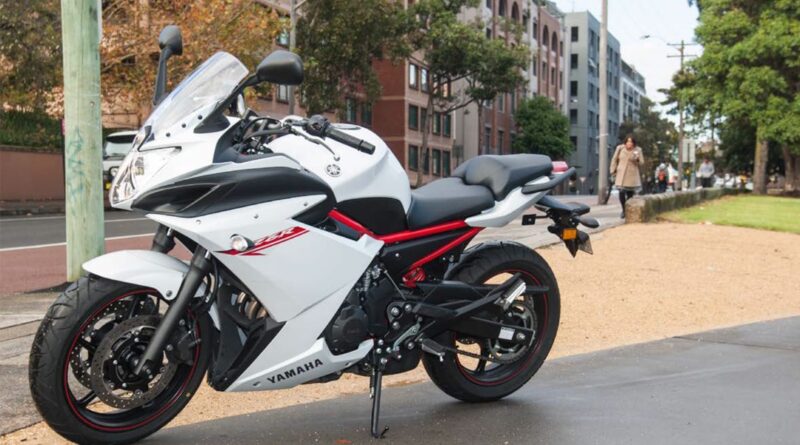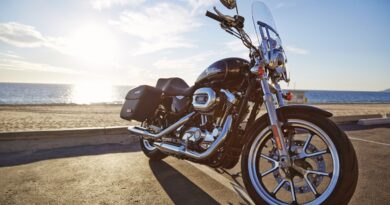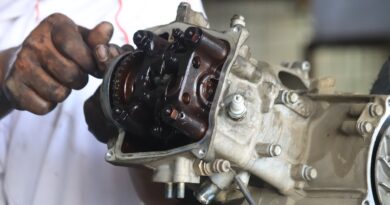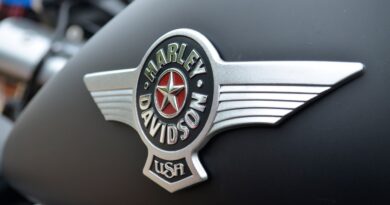Yamaha FZ6R Will Not Start
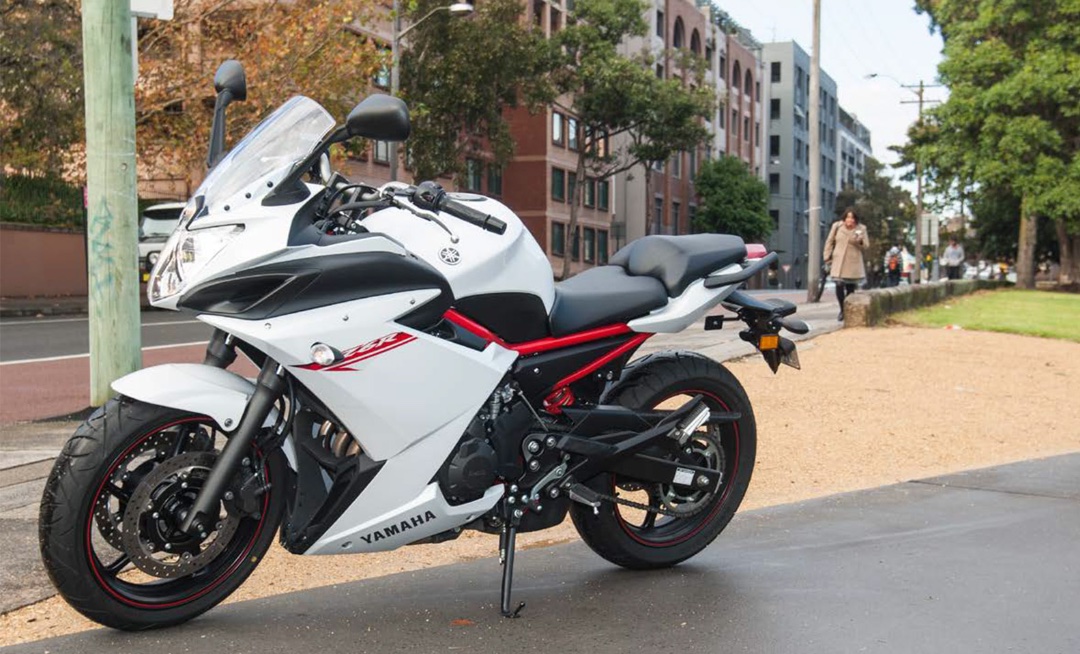
If your Yamaha FZ6R motorcycle is not starting, there could be a number of potential causes. One possibility is an issue with the engine itself, such as a damaged component or a lack of proper maintenance. Another possibility is a problem with the fuel system, such as a clogged fuel filter or contaminated fuel. Finally, it could be an issue with the electrical system, such as a faulty ignition switch or a dead battery. In order to properly diagnose and fix the issue, it will be necessary to carefully examine each of these areas and eliminate any potential problems one by one. In this article, we will explore all of the possible causes of a Yamaha FZ6R engine not starting and provide some tips for troubleshooting and fixing the issue.
The Yamaha FZ6R factory service manual lists all potential causes for the FZ6R failing to start, including:
Engine
- Loose spark plug: A spark plug that is not tightened properly can cause the engine to misfire or not start at all. This can be caused by a faulty spark plug, or simply by not tightening it properly during installation.
- Loose cylinder head or cylinder: A loose cylinder head or cylinder can cause engine misfires or failure to start. This can be caused by a faulty installation, or by the cylinder head or cylinder becoming loose over time due to wear and tear.
- Damaged cylinder head gasket: A damaged cylinder head gasket can cause the engine to lose compression and fail to start. This can be caused by a faulty gasket, or by the gasket becoming damaged due to overheating or other factors.
- Damaged cylinder gasket: Like the cylinder head gasket, a damaged cylinder gasket can cause the engine to lose compression and fail to start. This can be caused by a faulty gasket, or by the gasket becoming damaged due to overheating or other factors.
- Worn or damaged cylinder: A worn or damaged cylinder can cause the engine to misfire or fail to start. This can be caused by a faulty installation, or by the cylinder becoming damaged over time due to wear and tear.
- Incorrect valve clearance: Incorrect valve clearance can cause the engine to misfire or fail to start. This can be caused by a faulty installation, or by the valve clearance becoming incorrect over time due to wear and tear.
- Improperly sealed valve: An improperly sealed valve can cause the engine to misfire or fail to start. This can be caused by a faulty valve, or by the valve becoming unsealed over time due to wear and tear.
- Incorrect valve-to-valve-seat contact: Incorrect valve-to-valve-seat contact can cause the engine to misfire or fail to start. This can be caused by a faulty valve, or by the valve becoming damaged over time due to wear and tear.
- Incorrect valve timing: Incorrect valve timing can cause the engine to misfire or fail to start. This can be caused by a faulty installation, or by the valve timing becoming incorrect over time due to wear and tear.
- Faulty valve spring: A faulty valve spring can cause the engine to misfire or fail to start. This can be caused by a faulty valve spring, or by the valve spring becoming fatigued over time due to wear and tear.
- Seized valve: A seized valve can cause the engine to misfire or fail to start. This can be caused by a faulty valve, or by the valve becoming seized over time due to wear and tear.
- Improperly installed piston ring: An improperly installed piston ring can cause the engine to misfire or fail to start. This can be caused by a faulty installation, or by the piston ring becoming improperly installed over time due to wear and tear.
- Damaged, worn or fatigued piston ring: A damaged, worn or fatigued piston ring can cause the engine to misfire or fail to start. This can be caused by a faulty installation, or by the piston ring becoming damaged, worn or fatigued over time due to wear and tear.
- Seized piston ring: If the piston rings are seized, it can prevent the engine from starting. The piston rings are responsible for sealing the combustion chamber and allowing the engine to generate power. If the rings are stuck or damaged, it can prevent the engine from turning over.
- Seized or damaged piston: If the piston is seized or damaged, it can also prevent the engine from starting. The piston is responsible for moving up and down inside the cylinder, converting the energy of the burning fuel into mechanical work. If the piston is stuck or damaged, it can prevent the engine from turning over.
- Improperly installed air filter: The air filter is responsible for removing dirt and debris from the incoming air, which is then mixed with fuel and ignited in the combustion chamber. If the air filter is improperly installed, it can restrict the flow of air to the engine, preventing it from starting.
- Clogged air filter element: If the air filter element becomes clogged with dirt and debris, it can also restrict the flow of air to the engine, preventing it from starting.
- Improperly assembled crankcase: The crankcase is the housing for the crankshaft and connecting rod, which converts the up and down motion of the piston into rotational motion. If the crankcase is improperly assembled, it can prevent the engine from starting.
- Seized crankshaft: The crankshaft is responsible for converting the up and down motion of the piston into rotational motion. If the crankshaft becomes seized or damaged, it can prevent the engine from starting.
Fuel system
- Empty fuel tank: If the fuel tank is completely empty, the engine will not have any fuel to combust and will not start.
- Clogged fuel filter: The fuel filter prevents debris and contaminants from entering the fuel system. If it becomes clogged, it can restrict the flow of fuel to the engine, causing it to not start.
- Clogged fuel tank drain hose: The fuel tank drain hose allows any debris or water to drain out of the fuel tank. If it becomes clogged, it can prevent fuel from flowing to the engine, causing it to not start.
- Deteriorated or contaminated fuel: If the fuel has become contaminated or has deteriorated over time, it can cause the engine to not start.
- Faulty fuel pump: The fuel pump is responsible for pumping fuel from the fuel tank to the engine. If it is not functioning properly, the engine will not receive the necessary fuel to start.
- Faulty fuel injection system relay: The fuel injection system relay is responsible for activating the fuel injection system. If it is not functioning properly, the engine will not receive the necessary fuel to start.
- Sucked-in air: If air has been sucked into the fuel system, it can prevent the engine from starting. This can be caused by a leak in the fuel system or by the fuel pump not functioning properly.
Electrical System
- Discharged battery: The battery may not have enough charge to power the motorcycle’s electrical system and start the engine.
- Faulty battery: The battery may be damaged or malfunctioning, preventing it from providing sufficient power to start the motorcycle.
- Fuse: A fuse is a safety device that is designed to protect the electrical system from damage. If the fuse is blown or damaged, it may prevent the motorcycle from starting.
- Blown, damaged or incorrect fuse: If the fuse is blown or damaged, it will not function properly and may prevent the motorcycle from starting. If the wrong fuse is installed, it may not be compatible with the motorcycle’s electrical system and may cause issues with starting.
- Improperly installed fuse: If the fuse is not properly installed, it may not function properly and may prevent the motorcycle from starting.
- Incorrect spark plug gap: The spark plug gap is the distance between the electrodes on the spark plug. If the gap is incorrect, it may prevent the spark plug from functioning properly and may cause starting issues.
- Incorrect spark plug heat range: The heat range of a spark plug refers to its ability to dissipate heat. If the spark plug has the wrong heat range, it may not be able to properly ignite the fuel and air mixture in the engine, preventing it from starting.
- Fouled spark plug: A fouled spark plug is one that has become dirty or coated with foreign substances, which can prevent it from functioning properly and may cause starting issues.
- Worn or damaged electrode: The electrode is the metal part of the spark plug that creates a spark when it comes into contact with the insulator. If it is worn or damaged, it may not be able to produce a strong enough spark to ignite the fuel in the engine, causing the motorcycle to not start.
- Worn or damaged insulator: The insulator is the ceramic part of the spark plug that surrounds the electrode. It is designed to insulate the electrode and prevent electrical current from passing through it. If the insulator is worn or damaged, it may allow electrical current to pass through, causing the motorcycle to not start.
- Faulty spark plug cap: The spark plug cap is a component that fits over the spark plug and helps to create a strong spark. If it is faulty, it may not be able to create a strong enough spark to ignite the fuel in the engine, causing the motorcycle to not start.
- Cracked or broken ignition coil body: The ignition coil is a component that converts the low voltage of the battery into the high voltage needed to create a spark. If the ignition coil body is cracked or broken, it may not be able to produce a strong enough spark to ignite the fuel in the engine, causing the motorcycle to not start.
- Broken or shorted primary or secondary coils: The primary and secondary coils are components of the ignition system that help to create the spark needed to ignite the fuel in the engine. If either of these coils is broken or shorted, it may not be able to produce a spark, causing the motorcycle to not start.
- Faulty spark plug lead: The spark plug lead is a component that connects the spark plug to the ignition system. If it is faulty, it may not be able to transmit the spark from the ignition system to the spark plug, causing the motorcycle to not start.
- Faulty ECU: The ECU, or electronic control unit, is a computer that manages the engine’s fuel, ignition, and other systems. If it is faulty, it may not be able to control the ignition system properly, causing the motorcycle to not start.
- Faulty crankshaft position sensor: The crankshaft position sensor is a component that measures the position of the crankshaft and sends a signal to the ECU to control the ignition timing. If it is faulty, it may not be able to send the correct signal to the ECU, causing the motorcycle to not start.
- Faulty main switch: The main switch is a component that supplies power to the motorcycle’s electrical system. If it is faulty, it may not be able to supply power to the ignition system, causing the motorcycle to not start.
- Faulty engine stop switch: The engine stop switch is a component that shuts off the engine when it is pressed. If it is faulty, it may not be able to shut off the engine, causing the motorcycle to not start.
- Broken or shorted wiring: Wiring is used to connect various components of the motorcycle’s electrical system. If the wiring is broken or shorted, it may not be able to transmit the necessary electrical signals, causing the motorcycle to not start.
- Faulty neutral switch: The neutral switch is a component that senses when the motorcycle is in neutral gear. If it is faulty, it may not be able to detect when the motorcycle is in neutral, causing the motorcycle to not start.
- Faulty side stand switch: The side stand switch is a safety feature that prevents the motorcycle from starting if the side stand is down. If the switch is faulty, it may prevent the motorcycle from starting even if the side stand is up.
- Faulty clutch switch: The clutch switch is a safety feature that prevents the motorcycle from starting if the clutch lever is not fully engaged. If the switch is faulty, it may prevent the motorcycle from starting even if the clutch lever is engaged.
- Improperly grounded circuit: The motorcycle’s electrical system relies on a properly grounded circuit to function correctly. If the circuit is not properly grounded, it may cause issues with starting the motorcycle.
- Loose connections: If any of the electrical connections in the starting system are loose, it may cause issues with starting the motorcycle.
- Faulty starter motor: The starter motor is responsible for turning the engine over and starting the motorcycle. If the starter motor is faulty, it may prevent the motorcycle from starting.
- Faulty starter relay: The starter relay is an electrical component that controls the flow of electricity to the starter motor. If the starter relay is faulty, it may prevent the motorcycle from starting.
- Faulty starting circuit cut-off relay: The starting circuit cut-off relay is an electrical component that controls the flow of electricity to the starter motor. If the relay is faulty, it may prevent the motorcycle from starting.
- Faulty starter clutch: The starter clutch is a mechanical component that connects the starter motor to the engine. If the starter clutch is faulty, it may prevent the motorcycle from starting.
- Faulty start switch: The start switch is the button or lever that is used to start the motorcycle. If the start switch is faulty, it may prevent the motorcycle from starting.
In conclusion, the Yamaha FZ6R not starting could be due to a variety of issues with the engine, fuel system, or electrical components. It is important to thoroughly examine each of these components to identify and address any faults that may be causing the motorbike to not start. By following a systematic approach to troubleshooting and addressing any issues, you should be able to get your motorbike up and running again.
A poem for your enjoyment!
I tried to start my Yamaha FZ6R
But all it did was sit there
I kicked and I pushed and I swore
But still it wouldn’t start
I checked the fuel and the spark plugs
But everything seemed fine
So I tried to start it again
But still it wouldn’t shine
I stood there in frustration
Wondering what to do
I even tried to push start it
But that didn’t work either, boo
I guess my Yamaha FZ6R
Just doesn’t want to play
I’ll have to take it to the shop
And hope they fix it today
But until then I’ll have to
Find another way to ride
Maybe I’ll borrow my friend’s bike
Or take a long hike
Either way, I’ll have to wait
Until my Yamaha’s fixed
But at least I have a good story
To share with all my tricks
– paypervids.com –
Please share a link to this article on your favorite social media outlet or forum if you enjoyed it or found it helpful!

